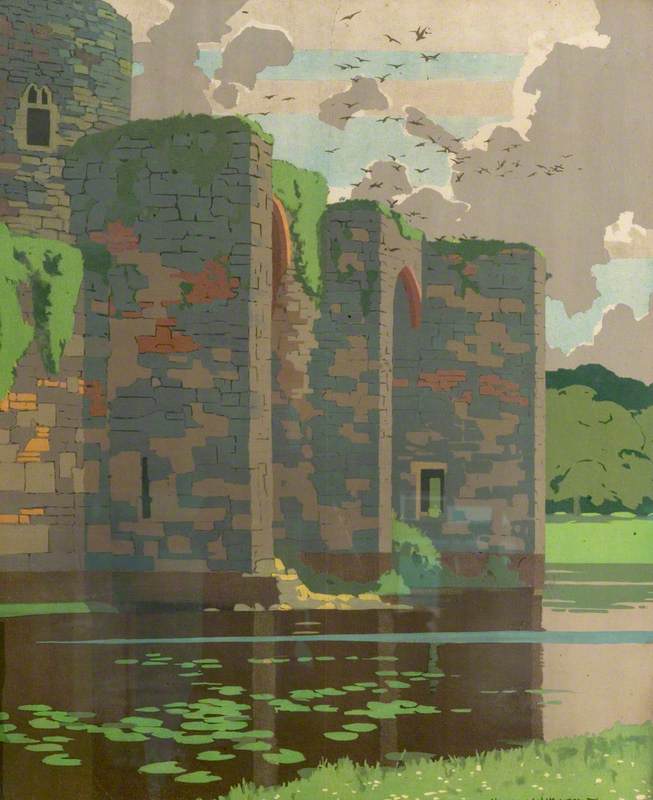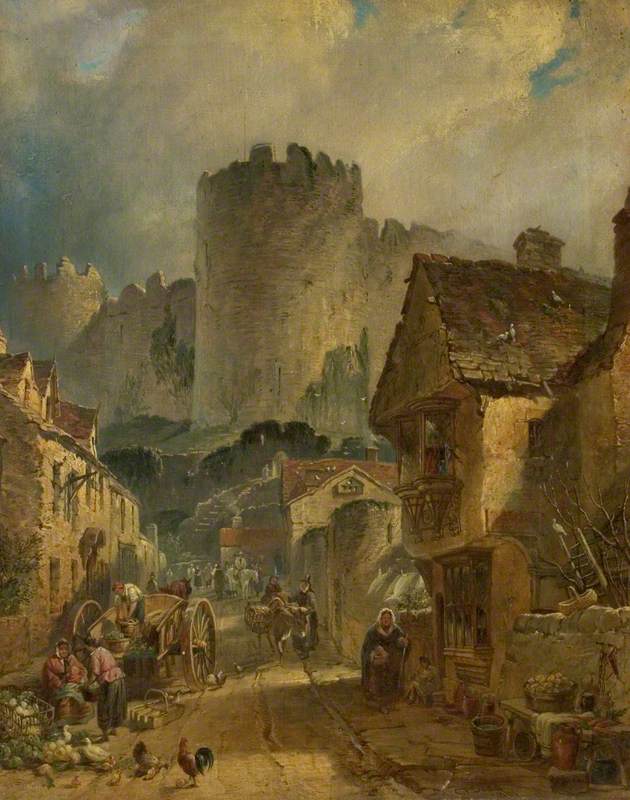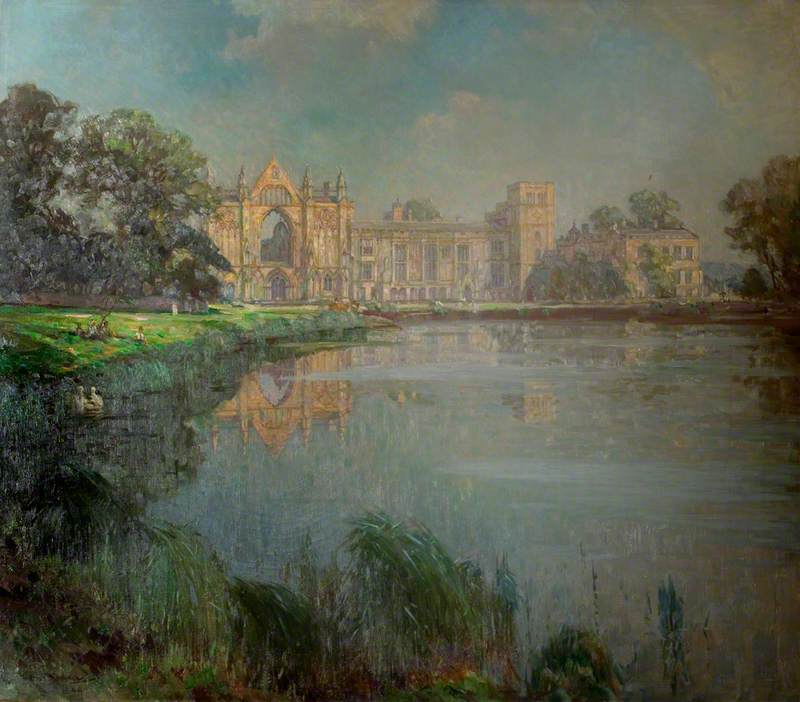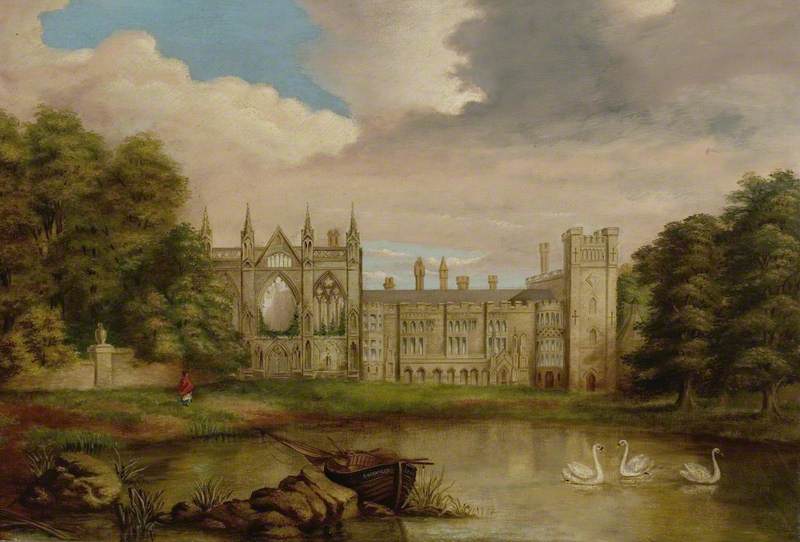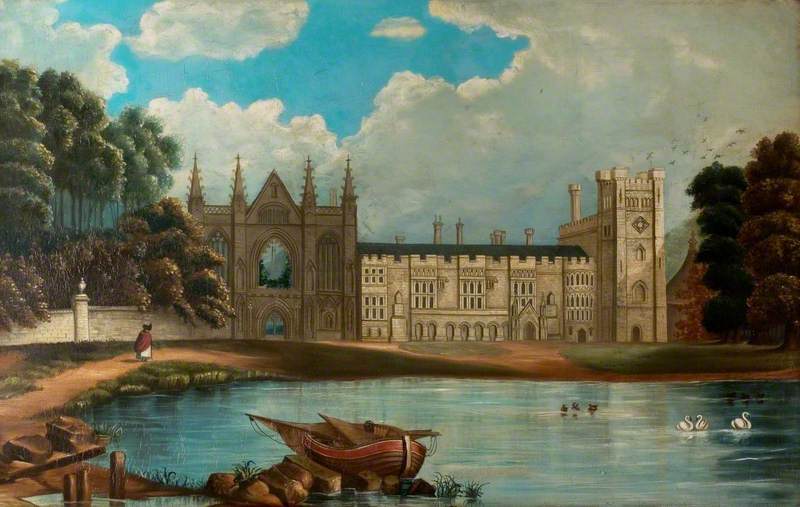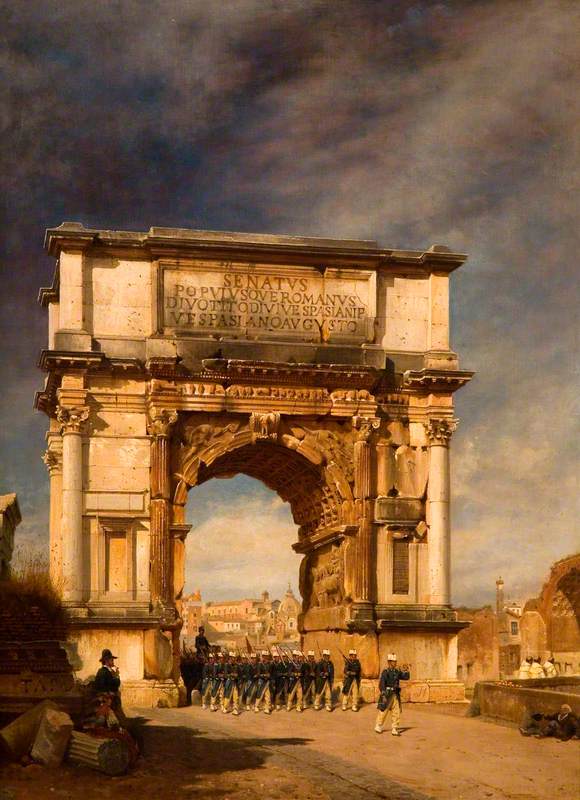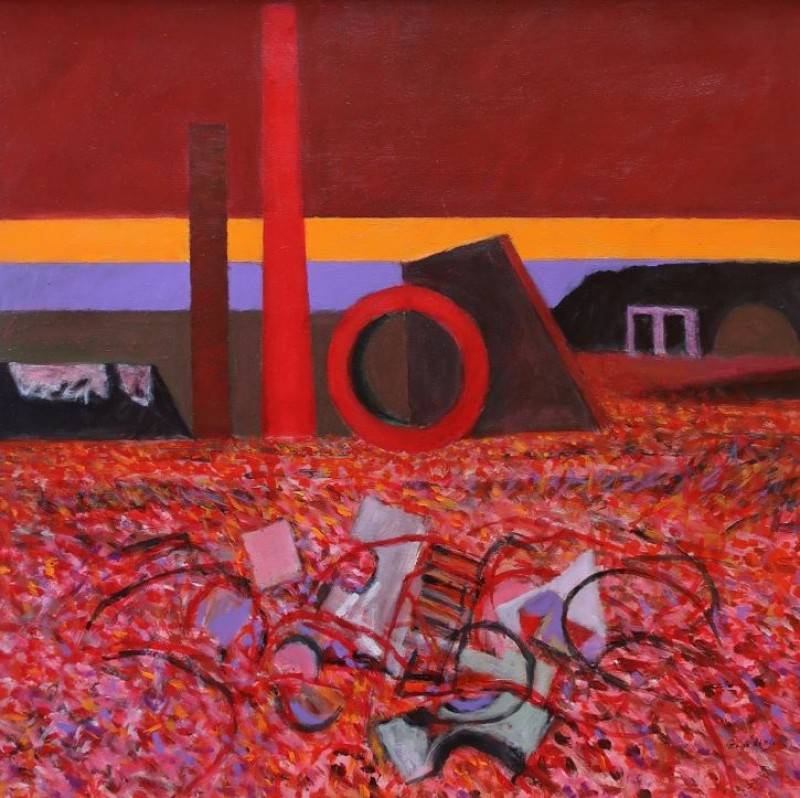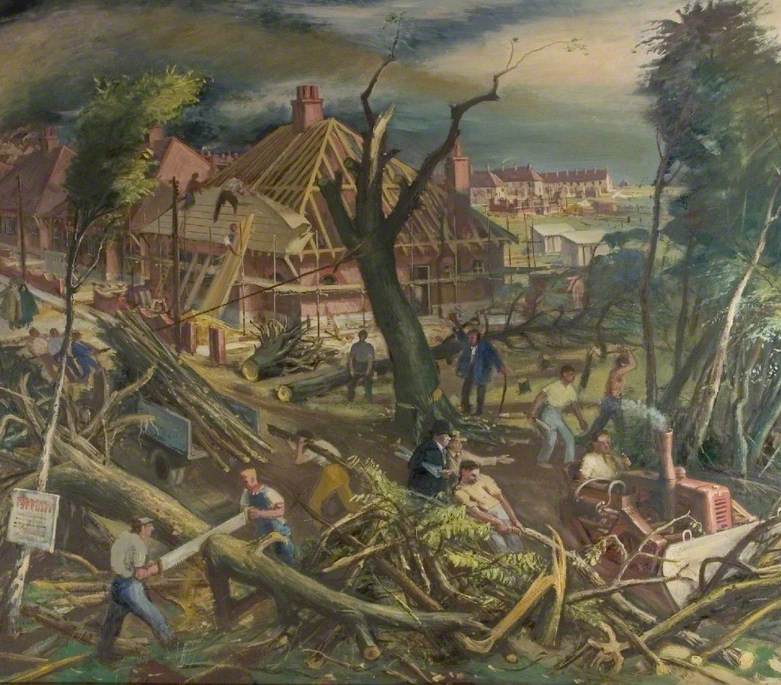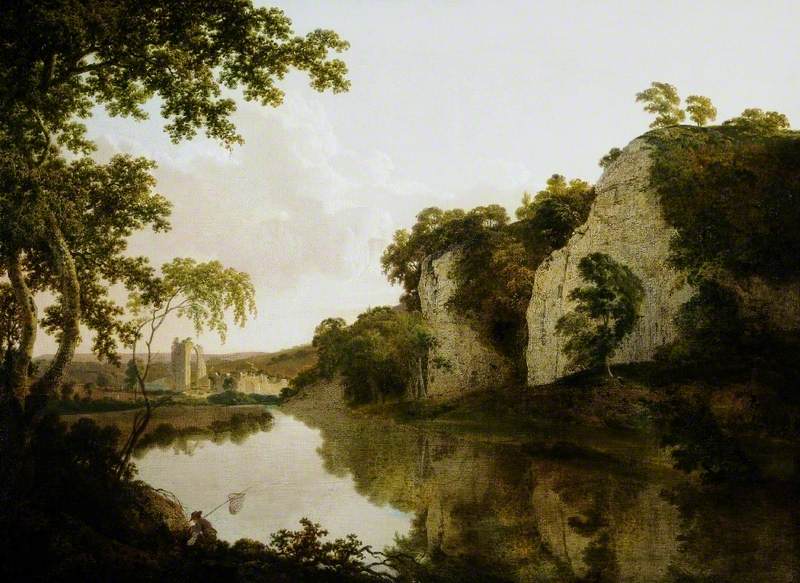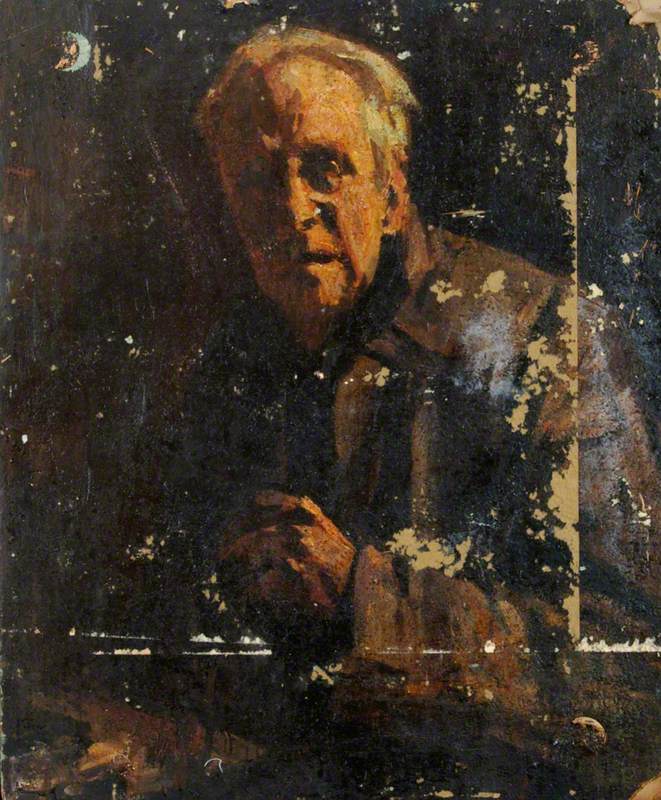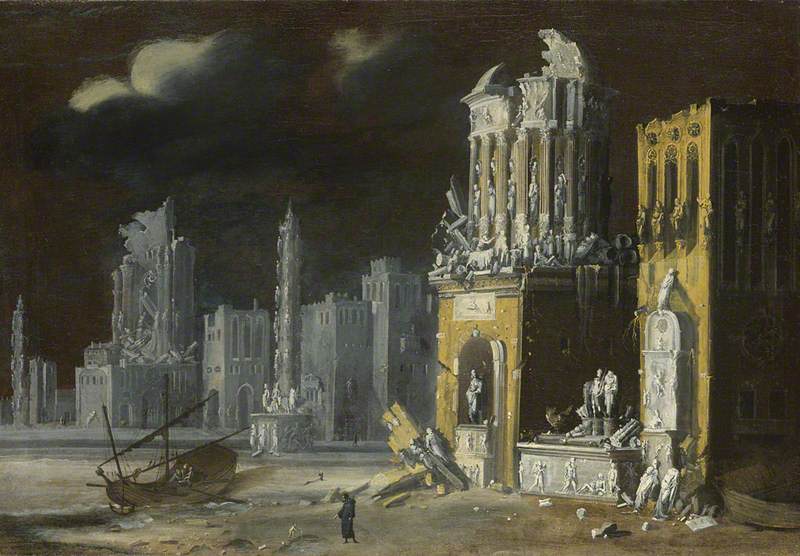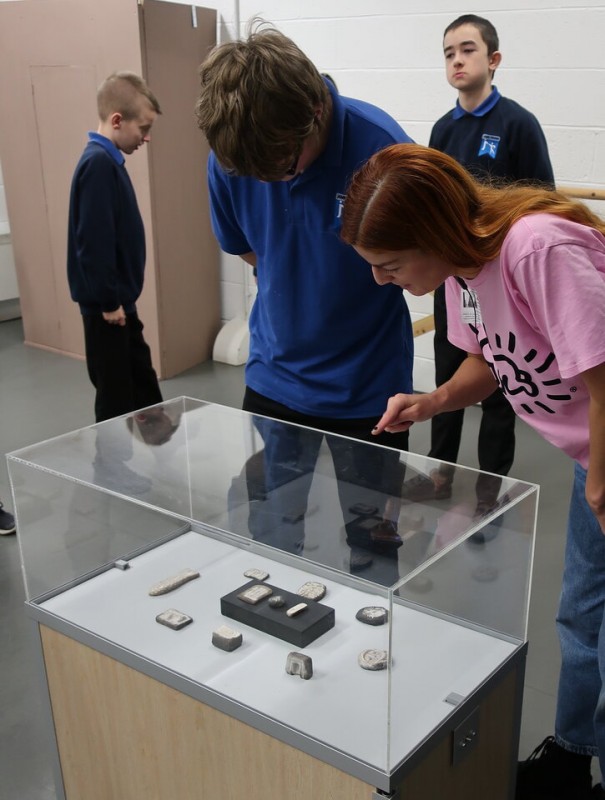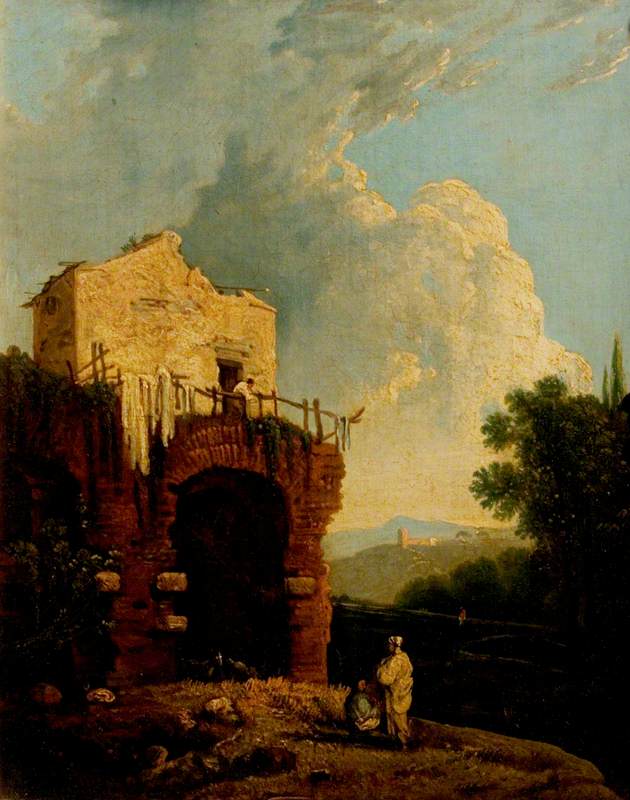
Ruins of a Villa near Rome (Hadrian's Villa)
Richard Wilson (1713/1714–1782) (after)
Nottingham City Museums & Galleries
Ruins in art are full of symbolism. They are common settings for Northern European depictions of Christ’s Nativity, where they represent the old order and religion out of which Christianity grew and which it superseded. In the Italian Renaissance, the true origins of Roman ruins were understood and they were also seen as a warning that even the grandest and most important die and decay.
By the eighteenth century, ruins had become a standard feature of the souvenir view-paintings brought back from the Grand Tour. Artists and landowners then grew to appreciate the ruined castles and monasteries of Britain – both for their historical importance and as an essential part of a picturesque landscape. We still share these feelings today.

